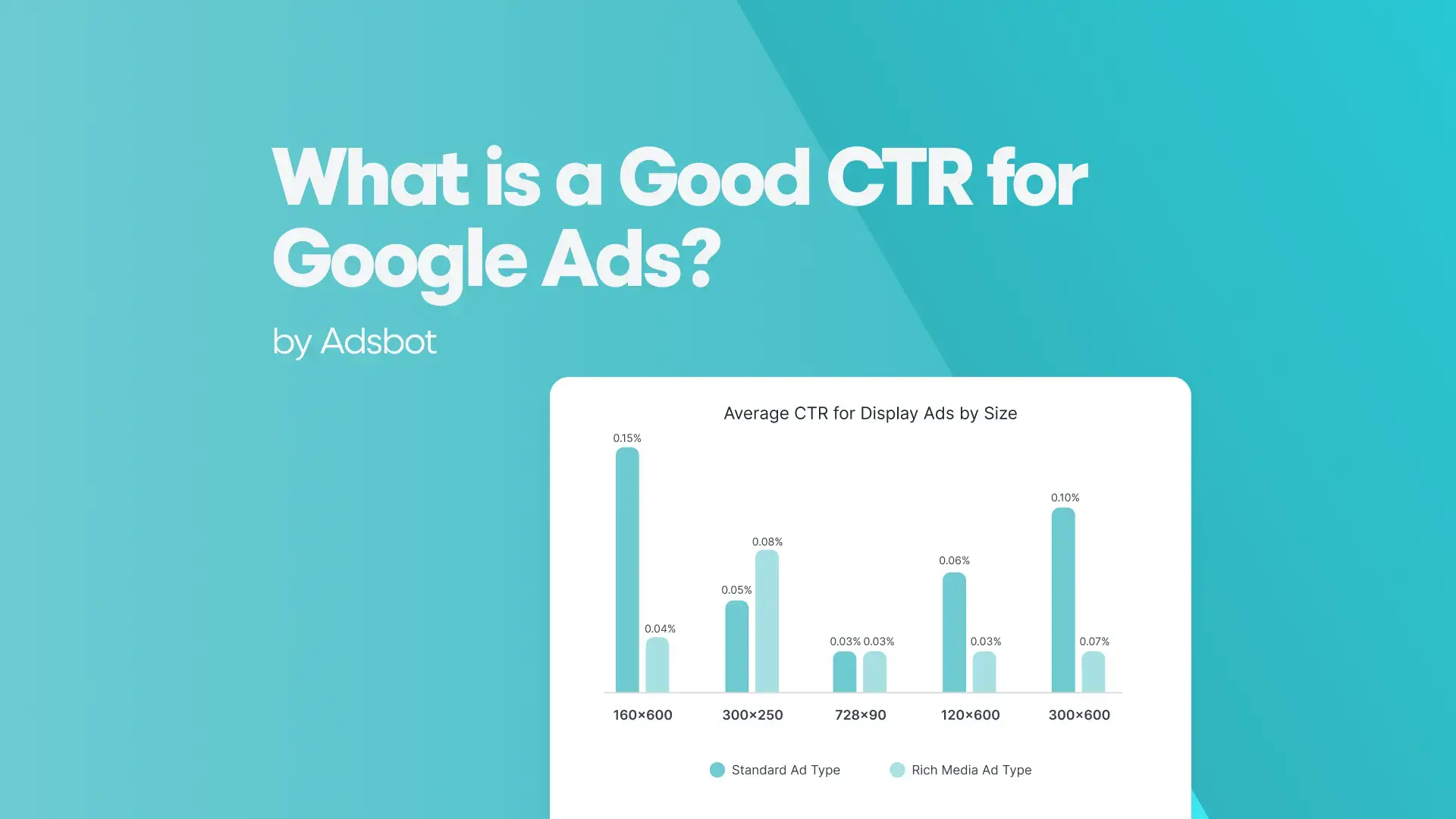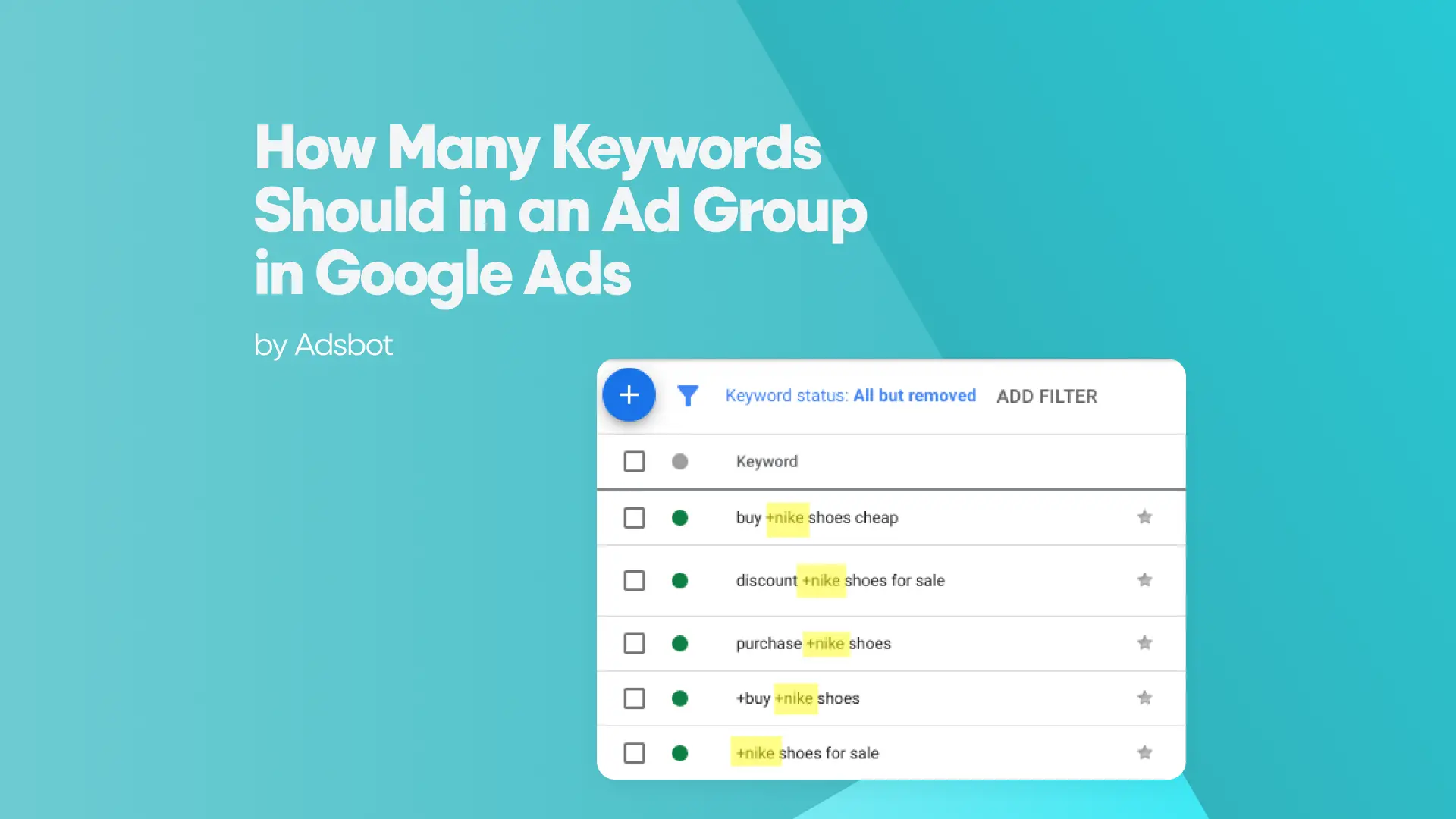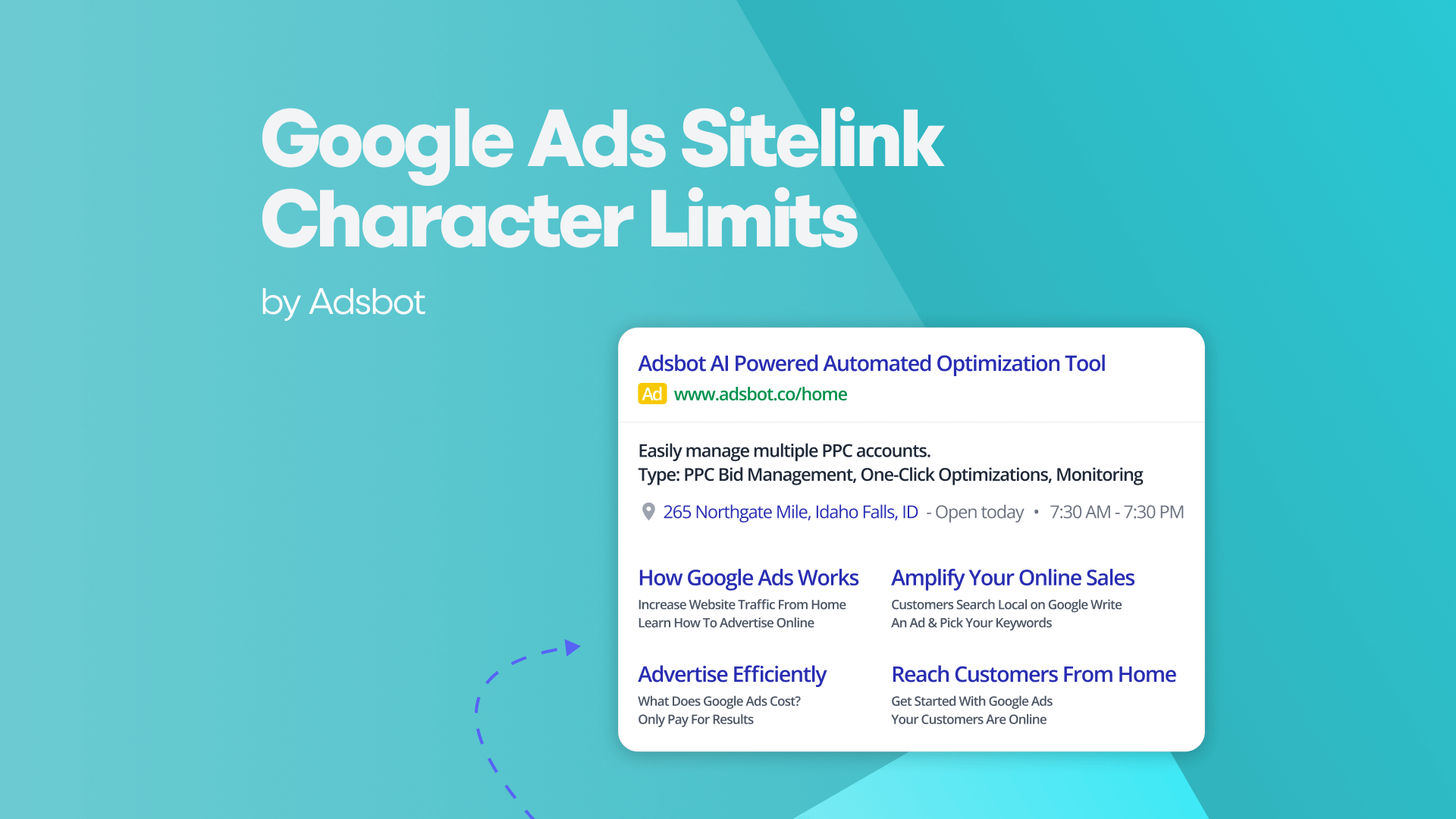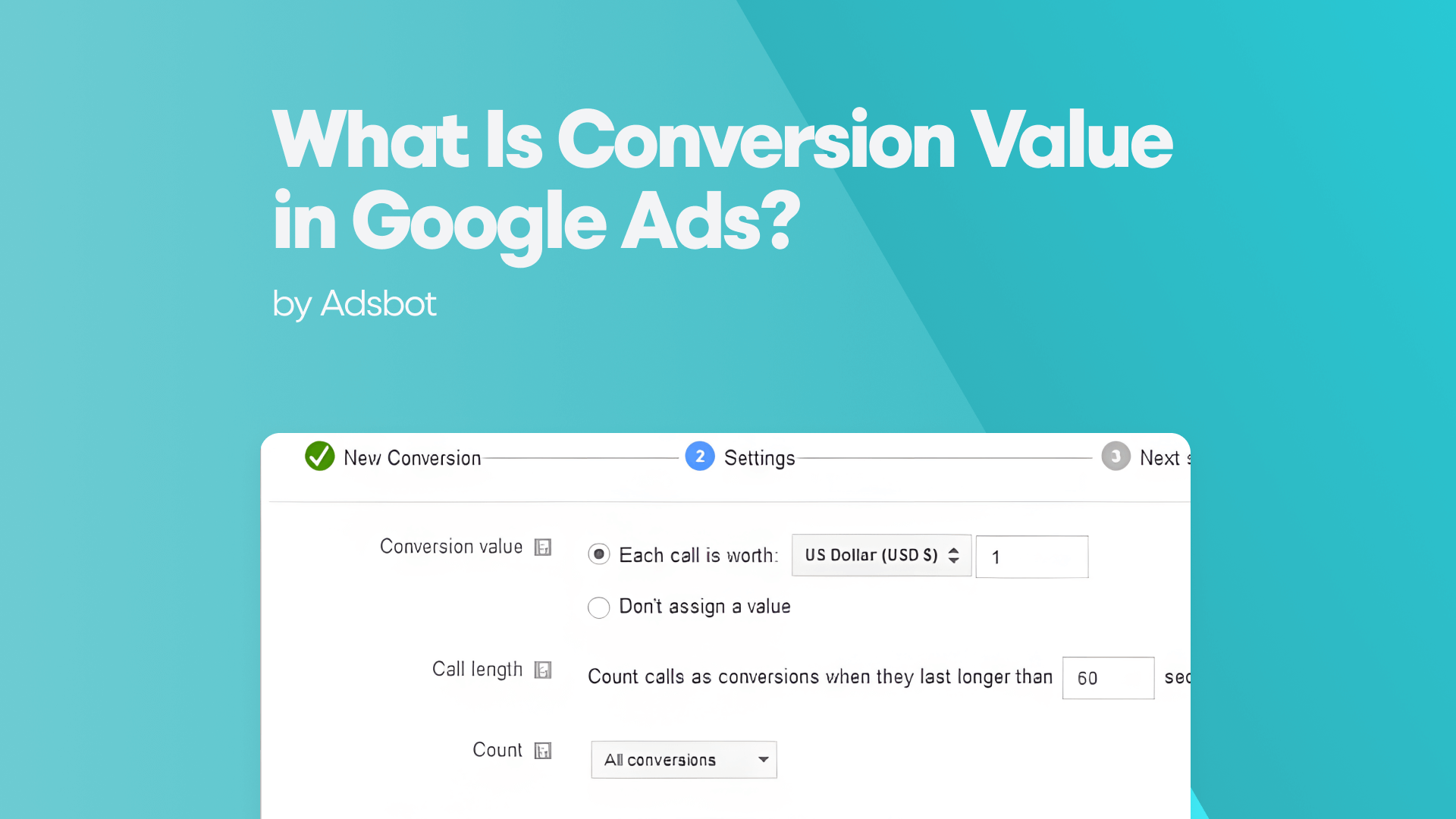If you’ve ever stared at your Google Ads dashboard and wondered whether your click-through rate is “good,” you’re not alone. CTR is one of the clearest signals of whether your ads are resonating with real people. Understanding what drives CTR and how it varies by network, intent, and industry can help you make smarter budget decisions. When you optimize for a good CTR, you reduce wasted spend, lift Quality Score, and lower CPC, all while driving more qualified traffic. Read on to learn what a good click-through rate looks like in Google Ads, why it matters, and exactly how to improve it with proven, beginner-friendly steps.
What is a Good CTR?
There’s no one-size-fits-all answer, but we can set realistic ranges by network and intent. On Google Search, a “good” CTR often means 3%–6% for non-branded keywords. For branded terms, 15%–30%+ is common, especially if your brand dominates the top positions. On the Google Display Network (GDN), even 0.5% can be strong; across many Display campaigns, 0.1%–0.3% is typical. For YouTube in-feed or Discovery, CTRs of 0.5%–2% may be healthy depending on targeting and creative.
Industry benchmarks vary. Local services (e.g., locksmiths, plumbers) might see 5%–10% CTR on high-intent searches, while B2B SaaS targeting broad problem-aware keywords may see 2%–4%. E-commerce non-branded CTR often sits around 2%–5%, while branded queries can exceed 20%.
A good CTR is one that fits your funnel stage and economics. For awareness campaigns, lower CTR may be acceptable if impressions are inexpensive and you’re building remarketing pools. For bottom-funnel campaigns, you’ll expect higher CTR from tightly themed ad groups with commercial intent.
Also, compare performance within your own account. If your branded campaigns average 18% CTR and a new branded ad is at 8%, that’s likely underperforming. Likewise, if your non-branded search sits at 2.5% and your category norm is 4%, you have optimization opportunities. The best benchmark is a blend of network norms, industry data, and your historical performance.
Factors That Affect Your Click-Through Rate
Click-through rate (CTR) measures how often people who see your ad click it, calculated as clicks divided by impressions. Many factors influence CTR, and understanding them helps you set realistic targets.
Match type and keyword intent: Exact-match keywords with high commercial intent (e.g., “buy running shoes online”) often produce higher CTR than broad-match, research-intent terms (e.g., “running”). Branded queries typically deliver the strongest CTR because users already know your brand.
Ad relevance and messaging: CTR climbs when the ad directly mirrors the searcher’s query. Strong headlines that echo the keyword, plus compelling value propositions, like free shipping, 24/7 support, price match, or “Try it free”, drive clicks. Clear calls to action (CTA) like “Get a Quote,” “Shop Today,” or “Book a Demo” reduce friction.
Ad Rank and position: Higher positions typically yield higher CTR because they get more visibility. Ad Rank is influenced by your bid, Quality Score, and expected impact of ad assets. Improving Quality Score (expected CTR, ad relevance, landing page experience) can earn better positions at lower costs.
Network differences: Search, Display, and YouTube do not share the same baseline. Search CTR is generally higher due to strong intent; Display and Discovery often see far lower CTR because impressions are interruptive rather than intent-based.
Industry and competition: Industries with urgent needs (e.g., emergency services) tend to outperform information-heavy categories (e.g., B2B SaaS awareness campaigns). Highly competitive auctions may depress CTR if similar offers crowd the SERP.
Device and geography: Mobile CTR can be higher in some verticals due to fewer visible ad slots and on-the-go intent. Location, language, and cultural expectations also shape how people respond to ad copy.
Ad assets and formats: Sitelinks, callouts, structured snippets, price and promotion assets increase prominence and offer more reasons to click, often lifting CTR.
Why does CTR matter in Google Ads?
CTR is a lever for both performance and efficiency. It signals relevance to users and to Google’s auction system. Higher CTR often boosts expected CTR, a component of Quality Score, which in turn can improve Ad Rank. That means better positions and lower CPCs for the same bids, amplifying your budget.
From a user lens, CTR reflects how compelling your message is. If people aren’t clicking, they’re either not your audience, your offer isn’t resonating, or competitors are out-communicating you. Improving ad-to-query alignment, clarifying your value proposition, and tightening targeting increase the odds that the right people click.
CTR also shapes funnel economics. More qualified clicks mean more data to optimize keywords, audiences, and landing pages. Even small CTR lifts compound: a jump from 3% to 4.5% can produce 50% more traffic from the same impressions, accelerating learning and conversion rate optimization.
However, CTR isn’t everything. A high CTR with a poor conversion rate wastes spend. A low CTR on a super-high-converting term may be acceptable. Always balance CTR with downstream metrics like conversion rate, cost per conversion, and ROAS. Think of CTR as the first mile of your performance journey: crucial, but not the destination.
What is a Safe CTR for Google Ads?
A “safe” CTR is one that reflects legitimate, high-intent engagement without signaling click manipulation or misaligned targeting. In practice, safe means sustainable, representative of your funnel, and comparable to network norms.
On Search, 3%–6% for non-branded and 15%–30%+ for branded is generally safe. If you see unusually high CTR (e.g., 40%+ on non-branded across large volumes), inspect your queries and ads. You might be overpromising in copy, bidding on hyper-specific or very low-volume exact-match terms, or seeing accidental clicks, especially on mobile. For Display, 0.1%–0.5% is typical; spikes beyond 1% could be creative brilliance or targeting issues and accidental clicks. Validate with on-site engagement metrics (bounce rate, time on site) and conversion rate.
Avoid tactics that inflate CTR at the expense of accuracy. Misleading headlines, bait-and-switch pricing, or overuse of urgency can raise CTR but harm Quality Score and brand trust when users bounce. Keep claims precise and consistent with your landing page.
“Safe” also means resilient to invalid traffic. Use Google’s click fraud protections, exclude suspicious placements (Display/YouTube), and monitor anomalies: sudden CTR jumps, high click volumes from unusual geos, or sessions with near-zero engagement. Regularly review search terms, audience performance, and placement reports.
In short, a safe CTR is healthy for your network, honest in its promise, and supported by strong post-click metrics.
How to Improve Click-Through Rate for Google Ads
Write laser-focused ad copy that mirrors user intent by repeating core keywords in the headline and promising a clear, differentiating benefit in the first 90 characters. Other steps are as follows:
- Tighten keyword-to-ad-group structure by using SKAGs or small, themed ad groups so every ad speaks directly to a specific query set and search intent.
- Elevate ad rank with better Quality Score by improving expected CTR (more relevant copy), ad relevance (closer keyword-to-ad alignment), and landing page experience (fast load, mobile-friendly, message match).
- Deploy comprehensive ad assets: sitelinks to top categories, callouts for trust signals (free returns, 24/7 support), structured snippets for product ranges, and price/promo assets to showcase offers. These can lift CTR materially.
- Match offer to funnel stage: use risk reducers like “Free Trial,” “Instant Quote,” or “No Credit Card Required” for consideration-stage users; use strong social proof and comparisons for decision-stage queries.
Finally, test systematically and iterate. Run A/B tests on headlines (benefit vs. feature-led), CTAs (“Get Pricing” vs. “See Plans”), and value props, rotating two to three active variants per ad group. Monitor CTR alongside conversion rate and CPA; keep winners that drive both clicks and quality conversions, not just curiosity clicks.
How CTR Compares Across Channels: Search, Display, Organic
Google Ads Click Through Rate varies by network and intent. Search CTR trends higher due to explicit user intent; Display Ads Click Through Rate is lower because ads are shown while users consume content. Meanwhile, the concept of what is a good CTR for organic search differs: organic CTR depends heavily on SERP position and brand recognition, with position #1 typically capturing the highest share of clicks. If you’re evaluating performance holistically, compare like-for-like: paid Search vs. paid Search, and SEO organic CTR by position.
Related Considerations and Benchmarks
Average CTR for Google Ads by industry can guide expectations, but your best benchmark is your historical data plus close competitors. If you’re wondering “What is a good CPC for Google Ads,” remember CPC interacts with CTR; a better Quality Score can reduce CPCs. Curious about “What is a good CTR for Google Ads Reddit” discussions? They often echo the same core insight: network norms and intent matter.
If you’re unsure how to calculate CTR in Google Ads, it’s simple: CTR = Clicks / Impressions × 100. Use this metric to evaluate keyword, ad, and asset performance, and then optimize accordingly.
Ready to improve your CTR and turn impressions into revenue? Book a demo today and see Adsbot in action.
FAQ
Is 1% CTR good in ads?
On Google Search, 1% CTR is typically low unless you’re in a niche with very broad, top-of-funnel queries. Aim for 3%–6% on non-branded and much higher for branded. On Display, 1% can be strong compared to common ranges of 0.1%–0.5%.
Is 0.1% CTR good?
For Display and Discovery, 0.1% can be within the normal range, especially with broad targeting. For Search, 0.1% is almost always too low and signals severe relevance or targeting issues.
Is 15% a good CTR?
Yes, 15% CTR on branded Search is common and healthy. On non-branded Search, 15% is excellent and usually indicates highly specific intent, great ad copy, and strong position. Validate with conversion metrics to ensure the clicks are qualified.
Popular Posts
-
How Many Keywords Should Be In an Ad Group in Google Ads?
Ever wondered if your Google Ads campaigns are packed with…
Read more -
Google Ads Script for Dummies: An Introduction
Imagine you have an e-commerce website that sells licensed superhero…
Read more -
Google Ads Sitelink Character Limits
Your Google Ads are cutting off in the middle of…
Read more -
What Is Conversion Value in Google Ads?
What if you could put a price tag on every…
Read more
Register for our Free 14-day Trial now!
No credit card required, cancel anytime.





